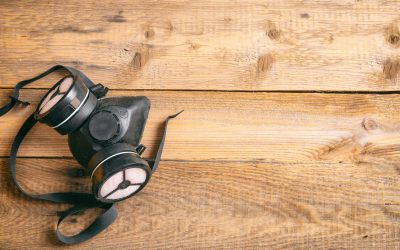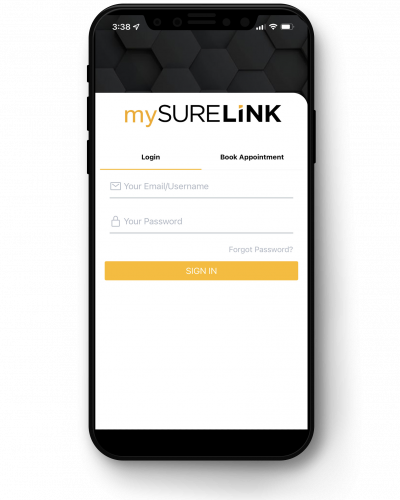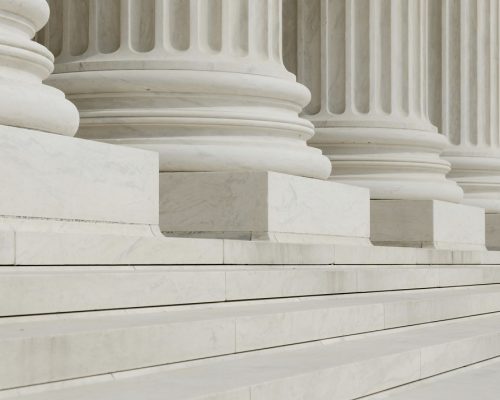
About Respirator Fit Testing (aka Mask Fit Testing)
Employers are responsible for ensuring employees have the appropriate fitting Personal Protective Equipment (PPE) for the work environment and thus may be found liable if an employee is injured on the job. Properly fitting Respiratory Protective Equipment (RPE) helps prevent the development of respiratory illnesses and inhaling substances which could affect workers’ airways and, in turn, could reduce the quality and length of their lives. In addition, the CSA requires Respirator Fit Testing to be completed at least once every 2 years, failure to comply can result in legal action.
SureHire performs both qualitative and quantitative Mask Fit Testing in accordance with OHS and CSA requirements.
Quantitative vs. Qualitative Respirator Fit Testing
Quantitative Respirator Fit Testing (more commonly known as mask fit testing) is considered the “gold standard” for fit testing. SureHire uses the OSHA, CSA, HSE and ANSI compliant Portacount Pro Respirator Fit Tester. This instrument measures and compares the concentration of particles in the ambient air and those that leak into the respirator. The ratio of these measurements results in a final Fit Factor. The measurements are taken as the testing participant performs a series of breathing exercises and movements that resemble those experienced on the job site. Quantitative Respirator Fit Testing offers several advantages:
- It eliminates reliance on the participant’s subjectivity and sensitivity to qualitative testing agents;
- Results are immediate and can be delivered and maintained electronically; and
- Almost all respirators can be analyzed, including tight-fitting half- and full-face masks as well as SCBAs (Self-Contained Breathing Apparatuses).
Qualitative Respirator Fit Testing relies on the worker’s sensory response to determine if there is a leak in the respirator seal. While wearing the respirator, the worker will be exposed to one or more testing agents, which may include irritant smoke, bitrex, or isoamyl acetate (banana oil). Results are based on whether or not the employee reacts to the substance, such as coughing or by detecting a taste or smell.
SureHire’s Power Centre (PC) locations use quantitative respirator fit testing only. This superior method of testing offers a more meticulous testing experience than qualitative fit testing, including less prep and set up time, automated testing steps to eliminate error, automated test data recording to ease record-keeping, and reduced exposure to unpleasant sensitivity and test solutions.
Note: Qualitative fit testing is still be available at partner locations where a TSI Potacount machine is not available.
Understanding Respirator Fit Testing Results
Results for both methods of Respirator Fit Testing offered by SureHire are conveyed as a pass/fail. Quantitative results will include a numerical value or “fit factor”. Qualitative results are based on whether or not a worker reacts to the testing agent(s). If no agent is detected during the fit test, the result is considered a pass.

Checking Test Results
Checking your employees’ mask fit test results is easy with SureHire’s exclusive client portal, SureLink. SureLink is a secured online database, that not only allows you to view test results but also allows you to book appointments, view snapshot reports on your dashboard, check the completion status of your appointments, receive alerts and updates from SureHire, and much more!
Once your employees have finished testing, our team of experts are here to help you determine what the results mean for your company and your employee(s).

Legal Implications
Employers are responsible for ensuring employees have the appropriate fitting Personal Protective Equipment (PPE) for the work environment and thus may be found liable if an employee is injured on the job. Properly fitting Respiratory Protective Equipment (RPE) helps prevent the development of respiratory illnesses and inhaling substances which could affect workers’ airways and, in turn, could reduce the quality and length of their lives.
The Canadian Standards Association (CSA) requires Respirator Fit Testing to be completed at least once every two years, however, provincial requirements can differ. Employers should check with their provincial regulatory organization to ensure they are in compliance. Failure to comply can result in legal action
SureHire recommends annual Fit Testing, completed in conjunction with spirometry testing and chest x-rays, to protect worker lung health through medical monitoring and early intervention.
